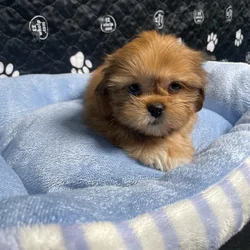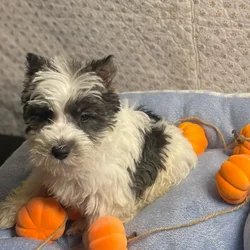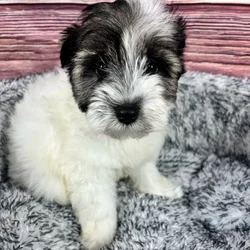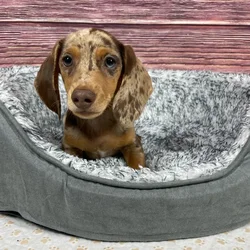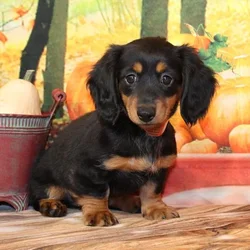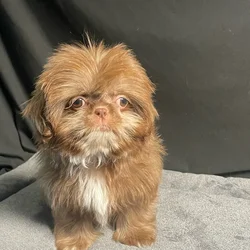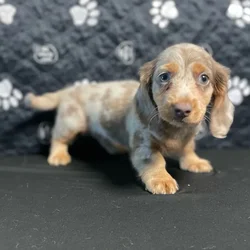Beagle
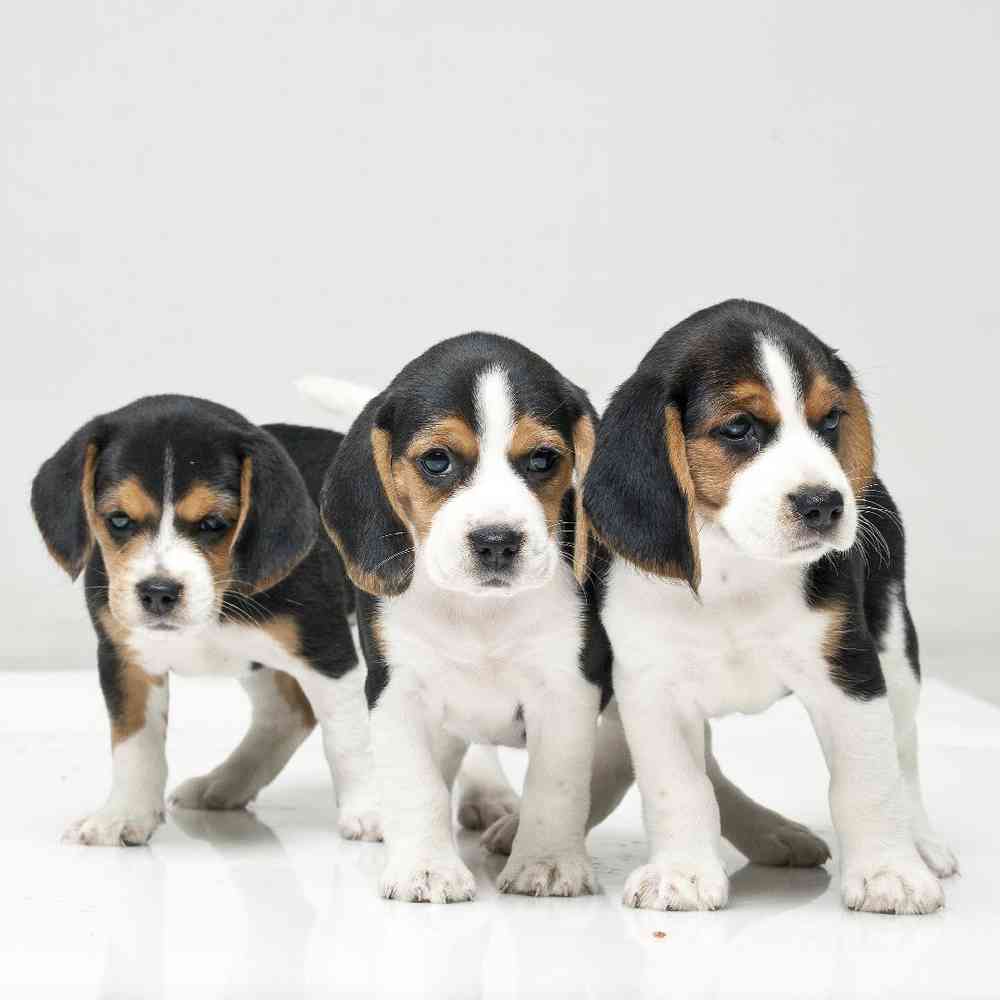
Not only is the Beagle an excellent hunting dog and loyal companion, it is also happy-go-lucky, funny, and—thanks to its pleading expression—cute. They were bred to hunt in packs, so they enjoy company and are generally easygoing.


Want to know more about Beagle ?
Breed Traits
Temperament
Friendly, Curious, Merry
About
History
Standard
Nutrition
Grooming
Exercise
Training
Health
Size, Proportion, Substance
There shall be two varieties: Thirteen Inch--which shall be for hounds not exceeding 13 inches in height. Fifteen Inch--which shall be for hounds over 13 but not exceeding 15 inches in height.
Head
Neck, Topline, Body
Forequarters
Hindquarters
Coat
Color
Tail
Disqualifications
Group
Hound
Heritage
Health Awareness
Exercise/Energy Level
Additional Information
Clubs, Registries & Associations
Did you know?
The Beagle name may have originated from several different terms: "be'geule" (French) meaning "gape throat" because of this breed's baying vocalizing, or "beigh" (French), "begele (Old English), or "beag" (Celtic) all meaning "small." President Lyndon Baines Johnson was a fan of and had several Beagles Beagles are famous comic strip characters: Snoopy ("the world's most famous Beagle"), Odie from Garfield, Beegle Beagle from Grape Ape, and Walk Disney's Beagle Boys.
All pets have found there homes! Sign up to be notified when new pets are added so you don't miss out.



